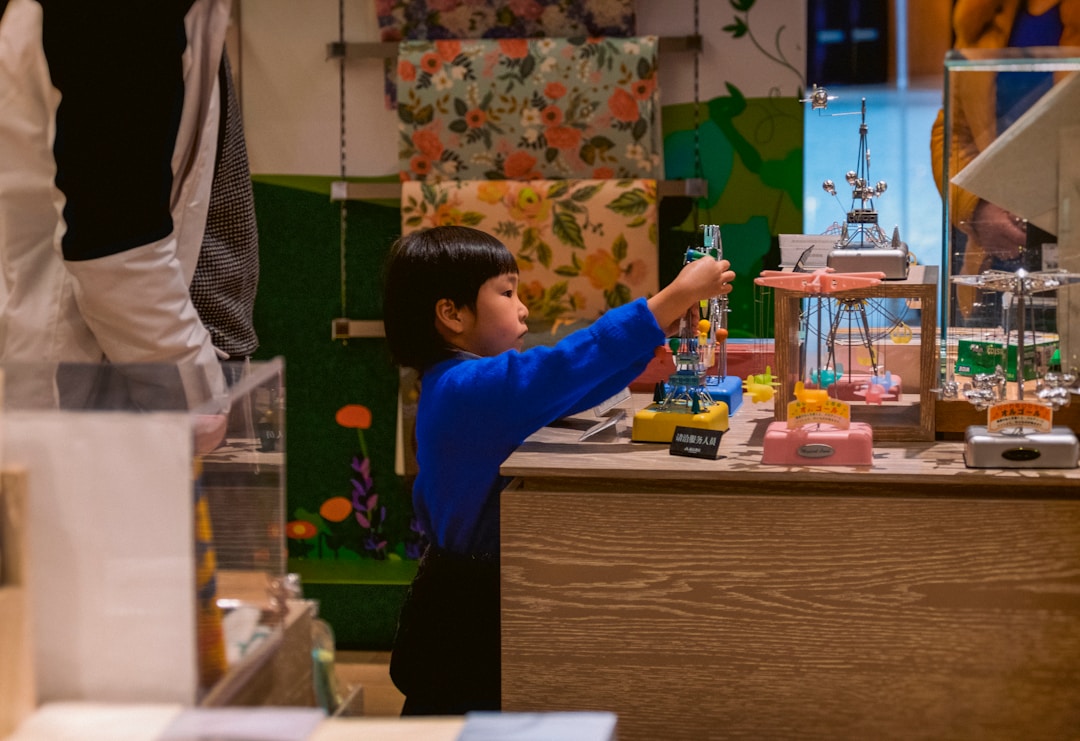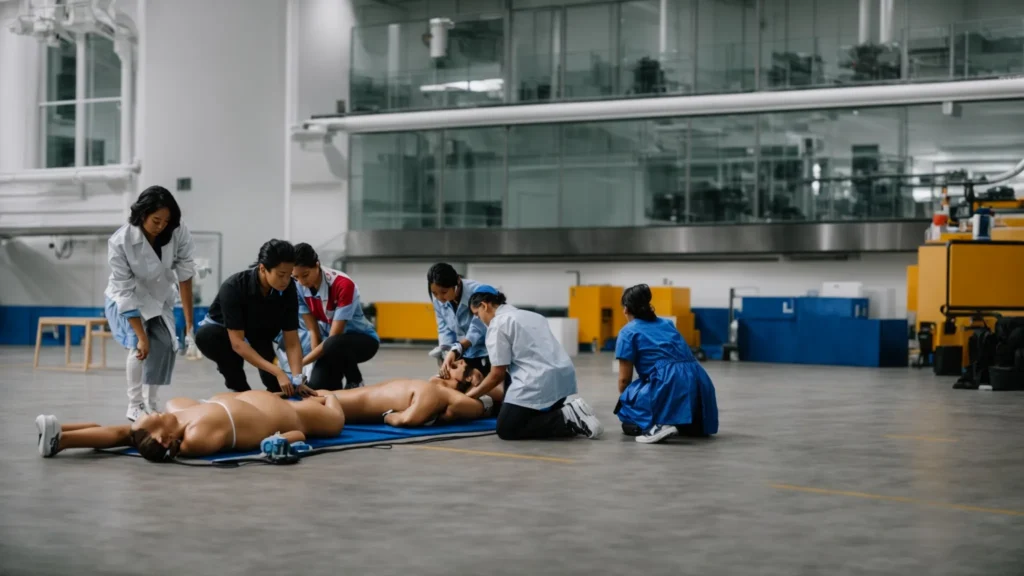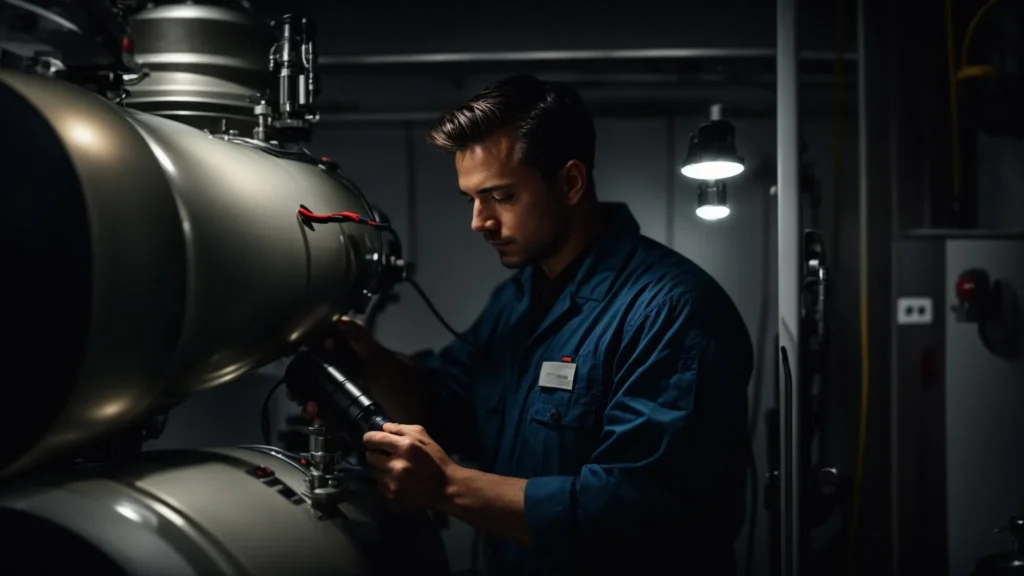You might be wondering why should preschool teachers have to be CPR certified? The reality is that CPR certification creates the ability for teachers to save the life of a child or infant in the case of an emergency. By equipping preschool teachers with this knowledge and training, they’re more capable of helping children in the event of a medical emergency. Keep reading to learn why preschool teachers should be certified and how to get the appropriate first aid training.
Understand a day in the life.

When working with children, tons of hazards cause possible accidents. Although preschool teachers do everything they can at all times to keep their students protected, there’s always the potential for these emergency accidents. To really consider how these situations may arise, it’s important to think about how a preschool is arranged.
There are tons of tiny parts and toys that preschool-age kids love that aren’t choking hazards. However, there are some that, even though they’re incredibly useful toys, like magnetic blocks, they’re only recommended for children age three and up. In the case of a mishap, where toddlers and young kids tend to be unpredictable, there’s a chance of an accident in the workplace. The best idea is to equip teachers with first aid and CPR certification, so they’re able to respond immediately with the appropriate reaction.
CPR saves lives.

Reports show that CPR, or cardiopulmonary resuscitation, has the ability to double or triple someone’s survival rate. With this critical fact in mind, it’s almost a no-brainer as to why these preschool teachers need to know how to perform CPR. Take note that CPR is performed differently for specific age groups. There are specific AED guidelines for infants, children, and adults. At a preschool, most are only dealing with the child demographic. In the unimaginable event, you have to perform CPR, there are steps to remember.
The first is to have another person call 911 to have first responders and medical professionals there as soon as possible. You provide two minutes of breaths and then generally use one hand for compressions on a child, reaching about a depth of one and a half inches. Though this all sounds overwhelming, with proper training, teachers will know how to best provide the necessary medical help to their students.
Where should I get certified?

With the current state of the world, many typically in-person classes have shifted to mimic a fully online approach instead. This is no exception to CPR courses. If you’re a preschool teacher, look into getting your CPR and first aid certification online. An online CPR course is so much more convenient for adults with busy schedules who can’t take time out of their day to attend time-consuming in-person classes.
Through your CPR certification courses, you’ll learn how to recognize emergencies, respond to an unconscious child, help with choking, and ultimately, perform CPR. You might be wondering how an online CPR course works. In this certification course, you’ll complete all of your courses in addition to being shown simulations and multiple video demonstrations. This way, you have the best grasp on how to provide the necessary emergency care to a variety of individuals, including children.
At the heart of it all, preschool teachers are a bit like caregivers. They teach kids valuable lessons, ideas, and skills day in and day out. Most also care tirelessly for their students and always want what’s best for them. With this in mind, it makes sense to have all preschool teachers become CPR and first aid certified. In turn, they’ll be able to provide the best quality of care, even in the matter of an emergency.
Ensuring the safety and well-being of young children in preschool environments requires more than just educational expertise—it demands readiness to handle emergencies with confidence and competence:
Stop Phubbing – What Information Can Be Found in a Background Check?: Just as preschool teachers undergo CPR certification to safeguard the lives of their students, conducting thorough background checks on staff members is essential for maintaining a secure learning environment. By uncovering crucial information about individuals’ histories and credentials, schools can uphold safety standards and prioritize the welfare of their young charges.
Stop Phubbing – How to Plan the Perfect Rave: Planning for emergencies at preschools mirrors the meticulous preparation required for hosting successful events like raves. Both scenarios demand proactive measures, such as ensuring adequate medical training and access to resources, to mitigate risks and ensure the well-being of participants.
Stop Phubbing – Learning to Love Again: How to Reconnect with a Partner Following Infidelity: Rebuilding trust and connection in the aftermath of infidelity shares similarities with the process of fostering a safe and supportive environment in preschool settings. Both endeavors require empathy, communication, and a commitment to addressing vulnerabilities and rebuilding stronger foundations.
Stop Phubbing – Your Guide to Starting a Vape Brand: Launching a successful vape brand necessitates attention to detail and a dedication to meeting regulatory standards, much like the rigorous training and certification process undertaken by preschool teachers to ensure the safety and well-being of their young charges.
Stop Phubbing – How to Choose the Right Wine for Different Occasions: Just as selecting the appropriate wine enhances the ambiance of social gatherings, ensuring preschool teachers are CPR certified enhances the safety and security of educational environments. By equipping educators with life-saving skills, schools empower them to respond effectively to medical emergencies and protect the precious lives entrusted to their care.
Through proactive measures such as CPR certification, preschools can cultivate environments where children thrive and educators are prepared to respond swiftly and confidently to any situation.







